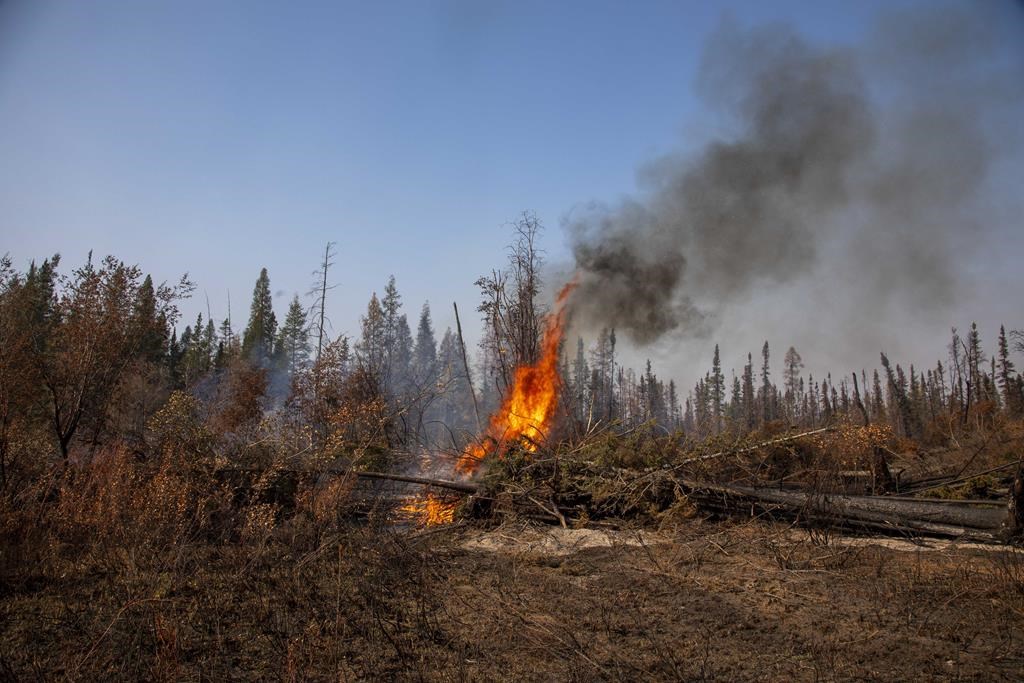Calls Grow for a National Emergency Response Agency in Canada
Federal Response to Jasper Wildfire Sparks Debate on Disaster Preparedness
By Darren Major
The idea of creating a national emergency response agency is gaining traction in Canada, particularly in light of recent devastating wildfires. The federal minister responsible for emergency preparedness, Harjit Sajjan, has not ruled out this possibility, suggesting the need for a more centralized approach to handling natural disasters.
Sajjan was asked whether Canada should form a federal emergency response organization similar to the U.S. Federal Emergency Management Agency (FEMA). He emphasized that Ottawa is committed to providing emergency assistance to provinces when requested, highlighting ongoing efforts to train more firefighters through departments such as Natural Resources Canada.
Speaking in Edmonton following the wildfire that destroyed a third of the town of Jasper, Alberta, Sajjan noted that every request for assistance during the wildfire was approved promptly. However, the current system requires provincial governments to request federal assistance before Ottawa can intervene.
Expert Opinions on a Centralized Agency
Ali Asgary, a professor of disaster and emergency management at York University, argues that Canada desperately needs an overarching disaster agency. He points out that the existing system, which relies heavily on local and provincial response, is insufficient and often slow to react.
Asgary highlights the lack of comprehensive risk assessments and pre-disaster planning as major shortcomings. A centralized agency could address these gaps by implementing nationwide risk assessments and mitigation measures, ensuring that resources are allocated efficiently.
Robin Cox, a professor at Royal Roads University, acknowledges potential drawbacks to a centralized system, such as reduced local community participation. However, she believes a balance can be struck to address escalating risks effectively. Both experts stress the importance of a proactive approach to disaster preparedness and mitigation.
Federal and Provincial Coordination
Prime Minister Justin Trudeau has previously indicated that his government is considering the creation of a national disaster response agency. During Canada’s worst wildfire season on record last year, he emphasized the need for better prediction, protection, and proactive measures.
Joanna Kanga, Sajjan’s press secretary, mentioned that the idea of a federal disaster response agency has merits, though no specific plans have been confirmed. The federal response to the Jasper fire included calling in the armed forces, but military leaders warn that relying on the military for disaster response is not sustainable.
The House of Commons defence committee recently recommended that Ottawa consider establishing a permanent disaster management workforce. This team would be specially trained and ready to mobilize quickly during natural disasters, rather than relying on the Canadian Armed Forces as a last resort.
Jurisdictional Challenges and Future Preparedness
The Jasper wildfire has highlighted jurisdictional issues that can hinder emergency response. Alberta Premier Danielle Smith noted that the province requires federal approval to deploy provincial water bombers over federal lands. Smith called for better integration of provincial resources into the unified command structure.
Sajjan acknowledged these gaps and emphasized the importance of seamless decision-making and coordination during emergencies. He pointed out that Parks Canada has a wildfire response team that assists in emergencies beyond federal lands.
Both Cox and Asgary agree that better planning and coordination are essential. Investing more attention, resources, and intentionality in disaster preparedness can ensure that decision-making and response efforts are more seamless during crises. Asgary suggests that a national emergency management agency could play a crucial role in achieving this goal.
This ongoing discussion reflects the need for a more robust and proactive approach to handling natural disasters in Canada.

